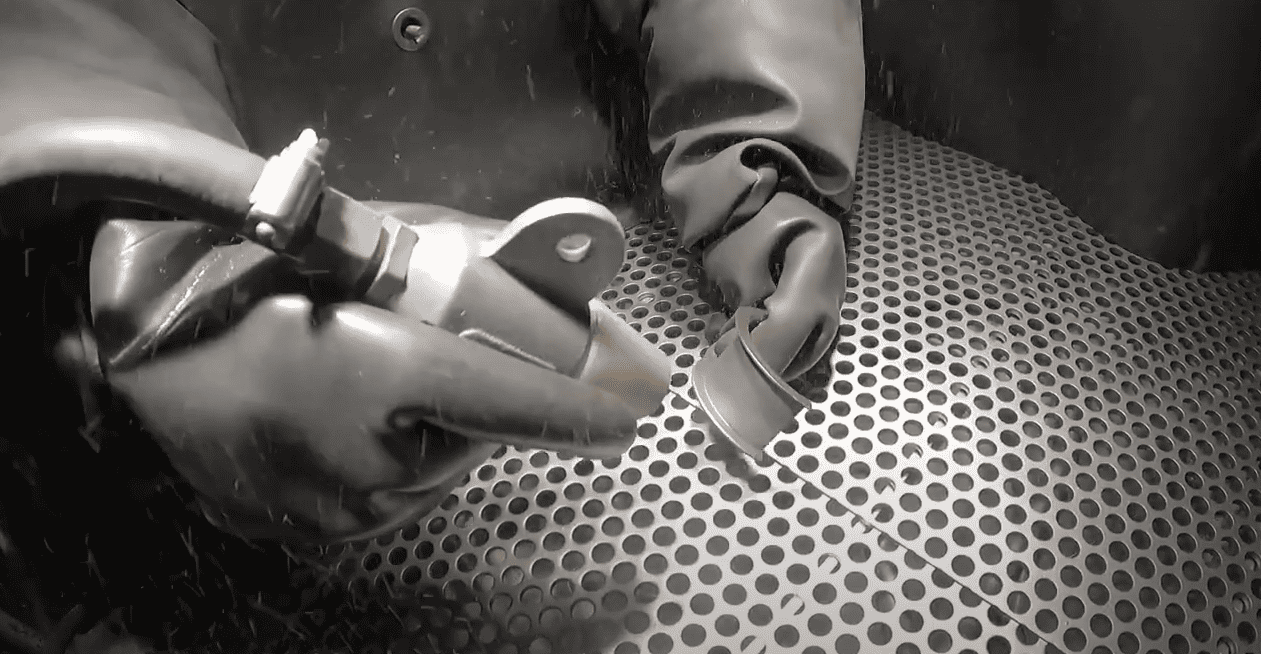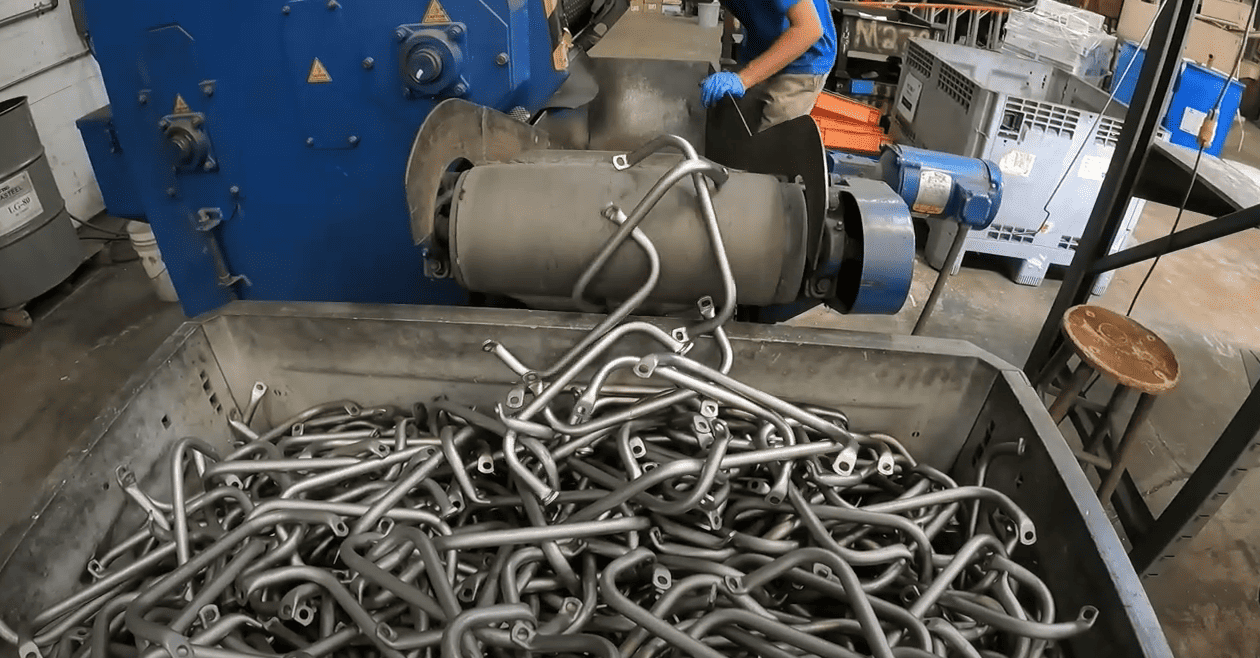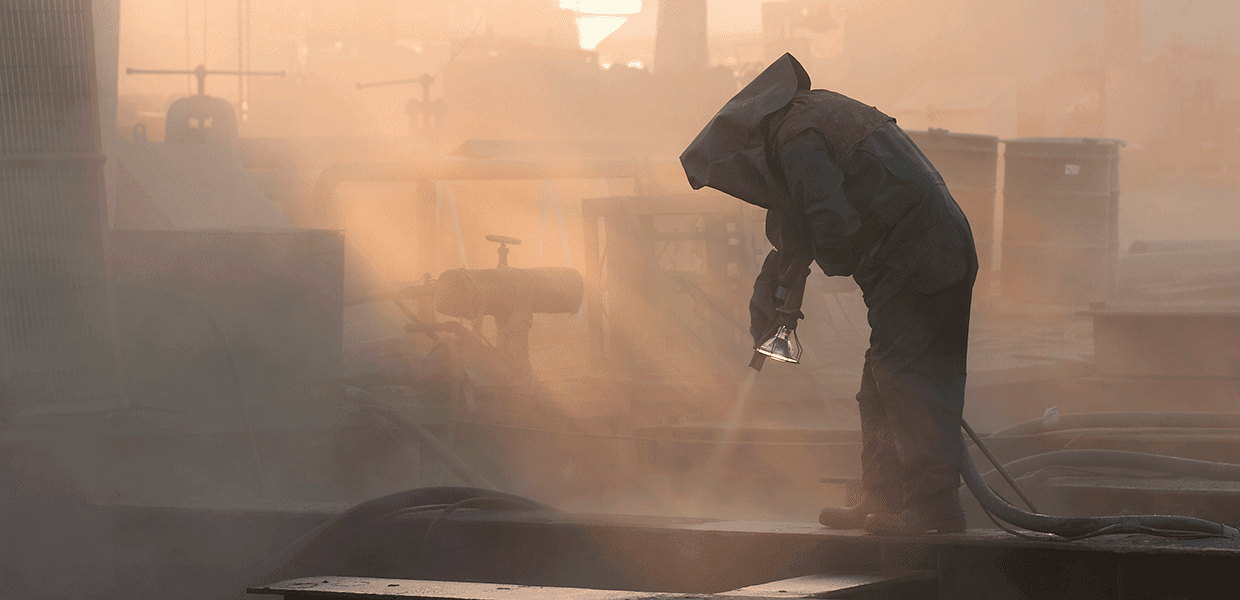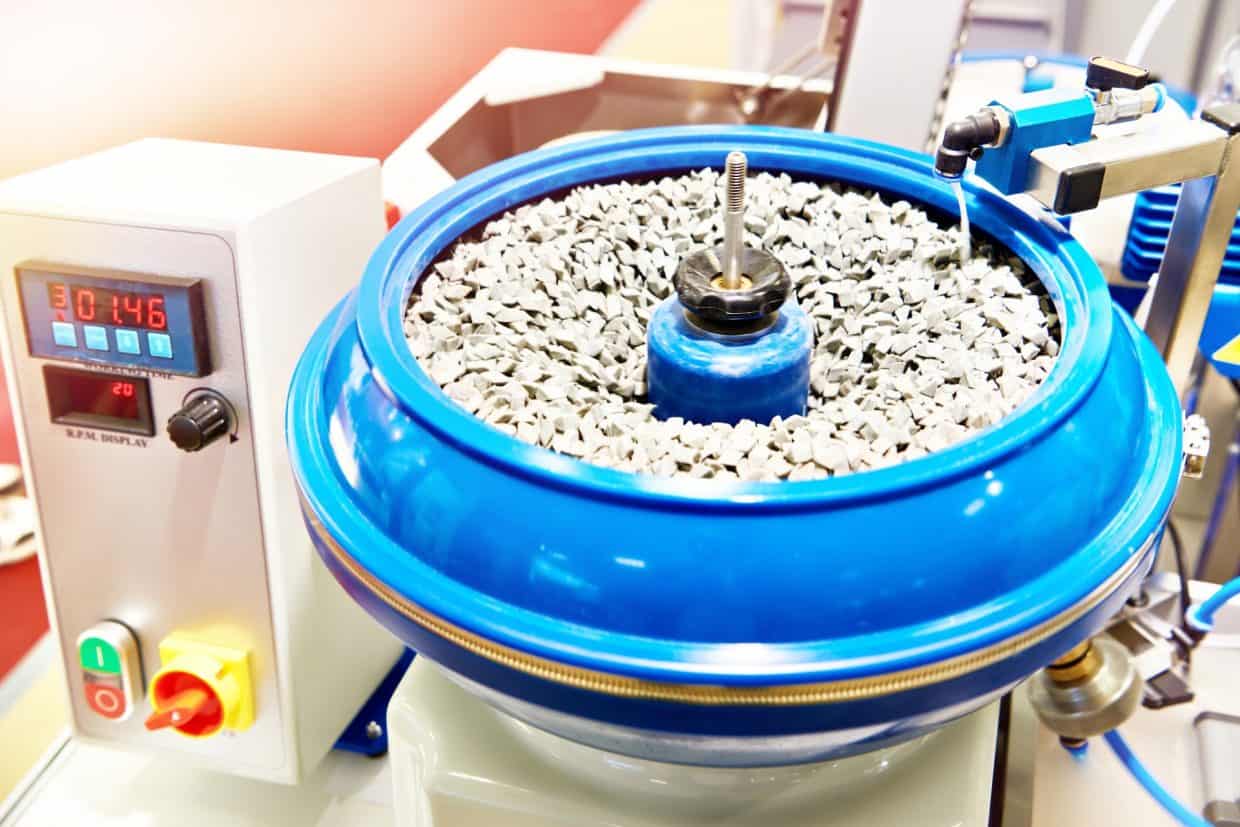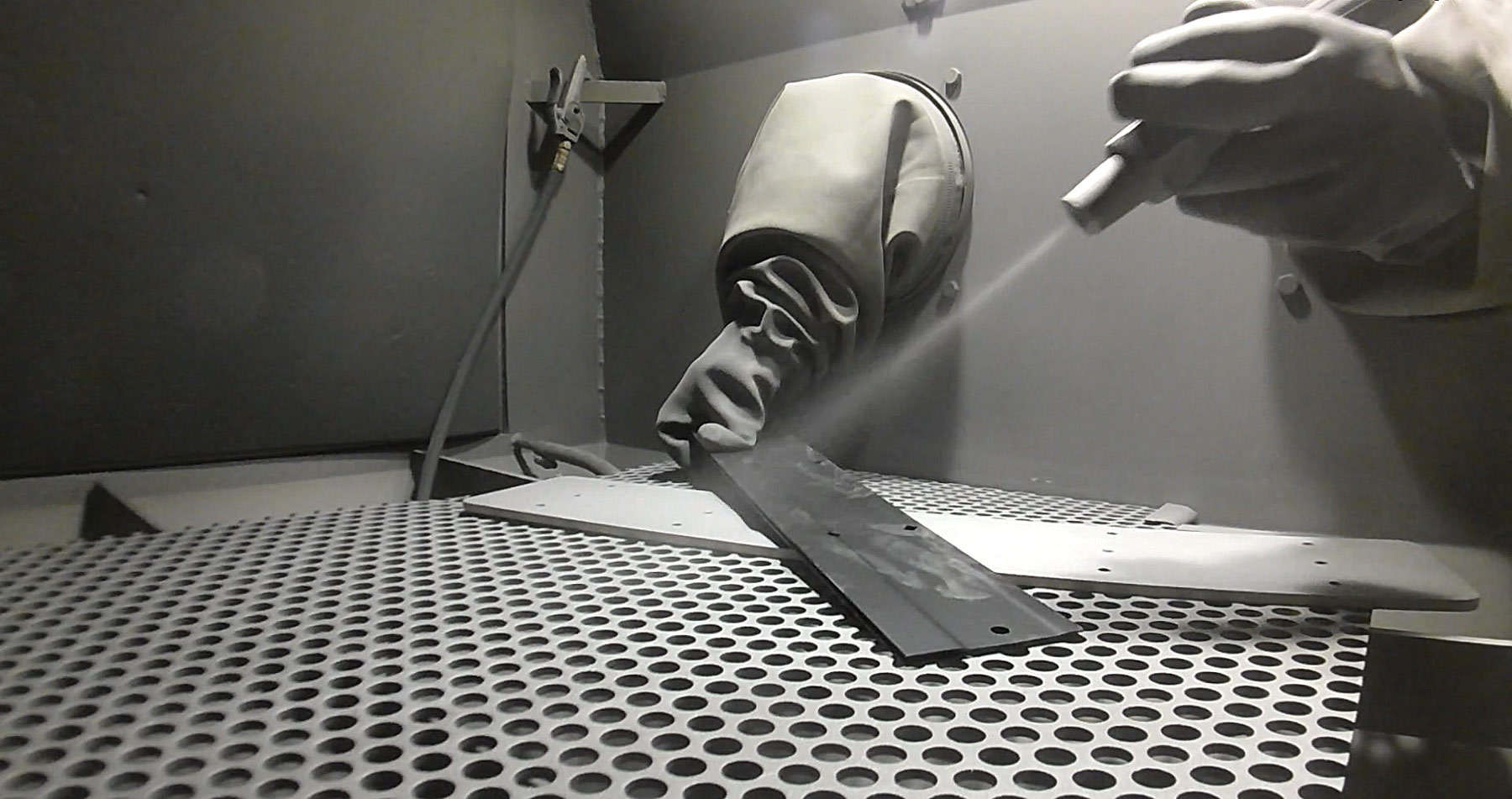Protecting surfaces with plastic media
For most people, painting a house is a task they would rather outsource to a local painter. The time it takes to pressure wash, tape around the windows and sand surfaces is arduous and time-consuming. Therefore, why not bring in the professionals? Even still, a nick or scratch on the side of your house can simply be painted over and is usually no big deal. However, at 30,000 feet… or at speeds greater than Mach II… an uneven or twice painted surface, or even a crack, could have dangerous consequences. Therefore, military and commercial airlines also bring in the professionals. But there is a much stricter and widely tested criteria for refinishing aircraft.
The U.S. military and the commercial airline industry require a variety of quality controls and standards for removing old paint, adhesives and other coatings off composite panels—or an entire aircraft—by a process called plastic media blasting. Plastic media blasting is used on a variety of materials, including steel and aluminum, which makes it ideal for cleaning things such as circuit boards and aluminum castings—as well as removing paint from areas on commercial airplanes, military aircraft, and objects designed to travel into space. The primary objective in using plastic media blasting is to ensure environmental safety—safely removing paint without damaging or compromising the integrity of the underlying surface, efficiency and cost effectiveness. With the increase in both commercial and military aircraft use around the globe and the increase in oil prices, plastic media blast is a rapidly expanding industry.
Plastic media blasting is performed by blasting small plastic particles out of a pressurized hose directly onto the surface for cleaning or refurbishing. The small particles (plastics) remove the exterior paint (or clean a surface) without scratching, denting or kinking the metal surface or panel. The particles are blown onto the surface at a pressure as low as 10psi.
The pressure (blasting) variation and particle size determines the type of material that may be resurfaced. For example, softer metals may require both lower psi and softer particles than harder surfaces. Professional training is required to perform plastic media blasting (small particles blowing all over the place requires special equipment and attention to detail). The latest technology available in the plastic media blasting process is nanoparticles (using nanotechnology), and research is ongoing for still faster, less expensive and safer ways to perform plastic media blasting.
The criteria set by the U.S. military and many commercial airlines for plastic media blasting is compliance with U.S. military specification MIL-P-85891. There are two categories of testing required under MIL-P-85891: physical properties and performance. Physical properties include characteristics such as iron and chlorine content, conductivity and specific gravity to name a few. Performance testing includes, but is not limited to, paint stripping rate, anti-static behavior and surface residue. Plastic media blasting is currently classified into the following categories:
Type I – Polyester (Thermoset)
Type II – Urea Formaldehyde (Thermoset)
Type III – Melamine (Thermoset)
Type IV – Phenol Formaldehyde (Thermoset)
Type VI – Poly (Allyl Diglycol Carbonate) (Thermoset)
Type VIII – Nano-Composite

